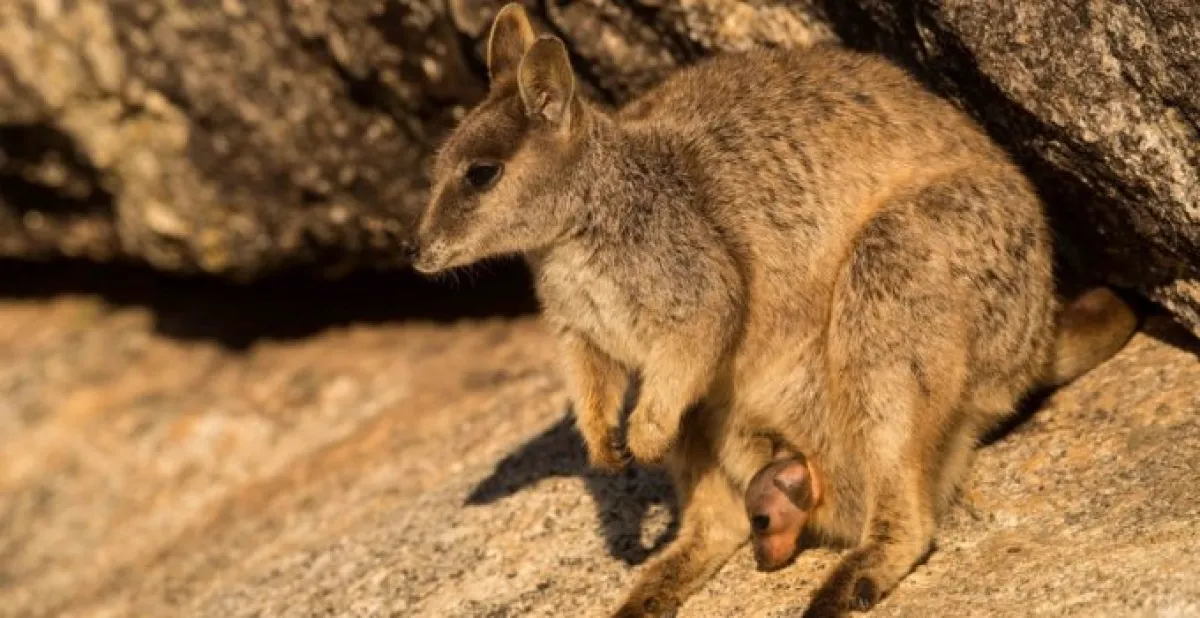Rock-wallaby interbreeding causes rethink on evolution

Scientists have discovered that rock-wallabies living in north east Queensland are sharing genetic material despite belonging to six different species.
These results suggest that the evolution of these iconic Australian marsupials is far more complex than the long-held theory of how species originate.
"Understanding these evolutionary processes is pretty fundamental in biology because it helps us define what a species is and understand how different species form," said lead researcher Dr Sally Potter from The Australian National University (ANU).
It was previously thought that mating between different rock-wallaby species could not result in fertile offspring. This is because of the differences in the way their genetic material is packaged into chromosomes.
"We expected that the differences in chromosomes would block gene flow between different species, but when we delved a bit deeper we found a lot of gene flow," Dr Potter said.
Whilst examples of gene flow between closely-related species can be found elsewhere in the animal kingdom, it was not expected within species with such small population sizes and differences in chromosome shape and number.
"There are six species of rock-wallaby in north east Queensland, and these probably have the most complex chromosomal diversities within Australian marsupials," Dr Potter said.
"Rock-wallabies are a very interesting system to explore. It's exciting because it's an iconic Australian marsupial and it brings our research to the forefront of evolutionary theory."
One explanation for why the different rock-wallabies share genetic information could be the unique environment of the Queensland wet tropics. The six different species of rock-wallabies live within little patches of rocky outcrops and could be locally adapted.
Because they are in small populations, this may allow the chromosome differences to fix in populations more than other species.
As many species of rock-wallabies are endangered, understanding their biology is important for conservation.
Additional studies of the genetics of these rock-wallabies are now underway by the ANU, University of Canberra and Australian Museum Research Institute, to gain further insights into the mechanisms behind these fundamental biological processes.
The research, resulting from a collaboration between the Australian Museum Research Institute and ANU, was published in The Royal Society journal Biology Letters.
Related links
- Article source: Rock-wallaby interbreeding causes rethink on evolution, ANU media, 7 October 2015
- Moritz Group, Research School of Biology, ANU
Journal article
- Potter, S, Moritz, C, & Eldridge, MDB, Gene flow despite complex Robertsonian fusions amongst rock-wallaby (Petrogale) species, Biology Letters
